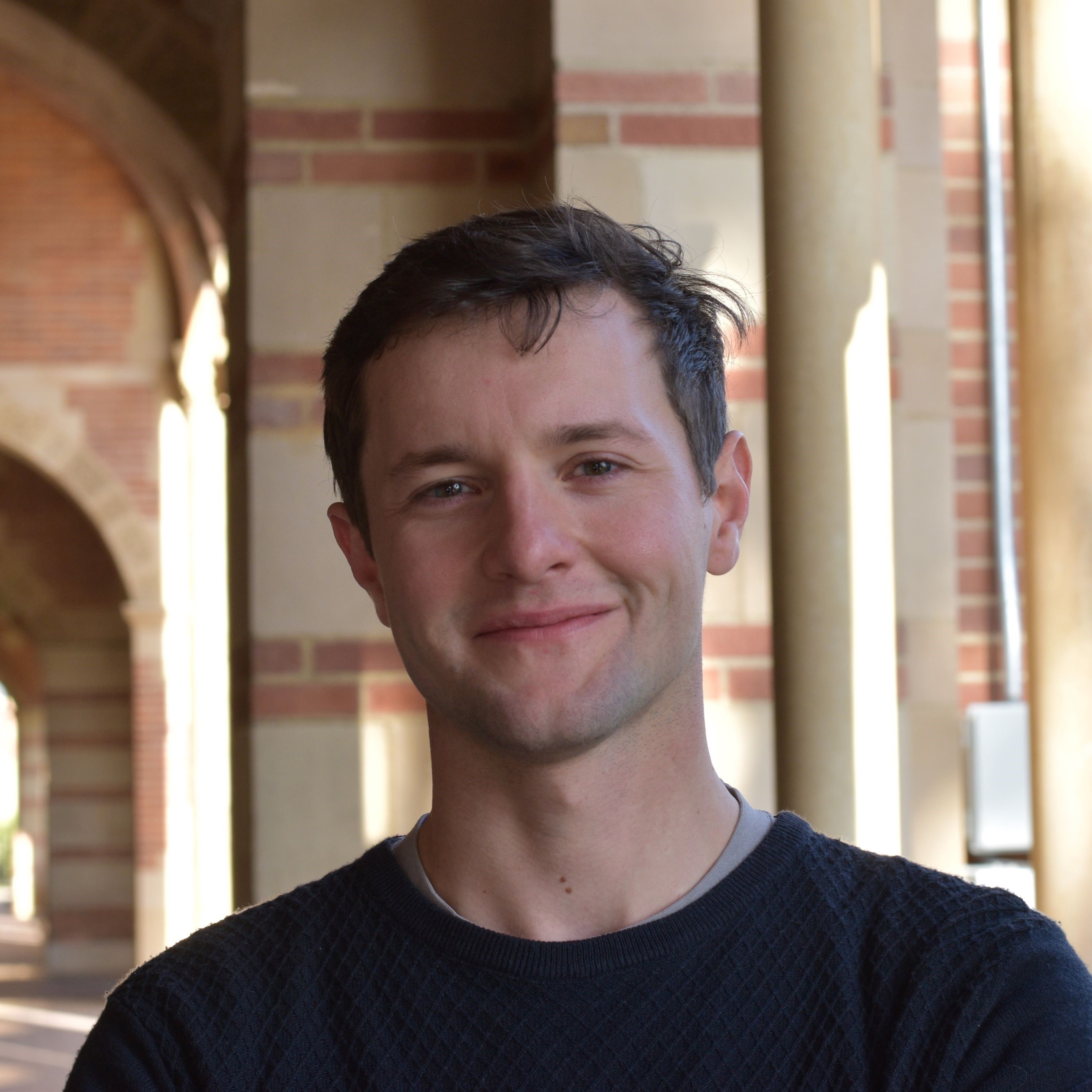Graph-based structural joint pose estimation in non-line-of-sight conditions
Published in Earthquake Engineering and Engineering Vibration, 2023
Abstract: In post-earthquake surveys, it is difficult (and often infeasible) to observe and quantify displacements beyond line-of-sight (LOS), given seismic force-resisting and gravity systems exist completely or partially within a building’s enclosure. To overcome this limitation, we develop a novel framework that generalizes graph-based state estimation toward structural joint localization via engineered landmarks. These landmarks provide an indirect means to estimate residual displacements where direct LOS is unavailable. Within our framework, engineered landmarks define topologies of uniquely identifiable landmarks that are either visible or non-visible to a robot performing simultaneous localization and mapping (SLAM). Within the SLAM approach, factors encoding robot odometry and robot-to-visible landmark measurements are formulated for the cases of wireless sensing and fiducial object detection and tracking. Visible landmarks are rigidly attached to non-visible landmark subsets for each engineered landmark, where the complete set of non-visible landmarks form globally rigid and localizable connectivity graphs via range-based factors. Complimentary subsets of non-visible landmarks are embedded within the base structure and uniquely define joint pose via geometric factors. All factors are unified within a common graph to solve for the maximum a posteriori estimate of robot, landmark, and joint states via nonlinear least squares optimization. To demonstrate the applicability of our approach, we apply the Monte Carlo method over a parameterization of system noise to calculate residual joint pose error distributions, maximum average inter-story drift ratios, and related summary statistics for a 19-story nonlinear structural model. By performing nonlinear time history analyses over sets of Service-Level and Maximum Considered Earthquakes, our parametric study gives insight into our method’s application toward post-earthquake building evaluation in non-LOS conditions.
Bibtex citation:
@article{thoms2023graph,
title={Graph-based structural joint pose estimation in non-line-of-sight conditions},
author={Thoms, Alexander and Al-Sabbag, Zaid and Narasimhan, Sriram},
journal={Earthquake Engineering and Engineering Vibration},
volume={22},
number={2},
pages={371--386},
year={2023},
publisher={Springer}
}
Download the paper here
